#Wellcome Collection
Text




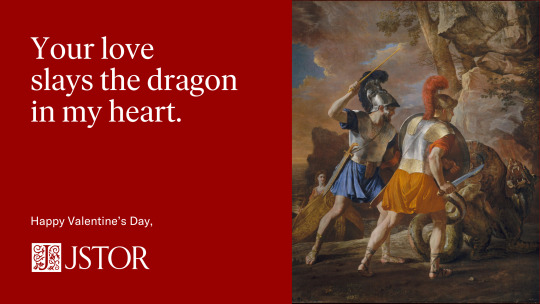
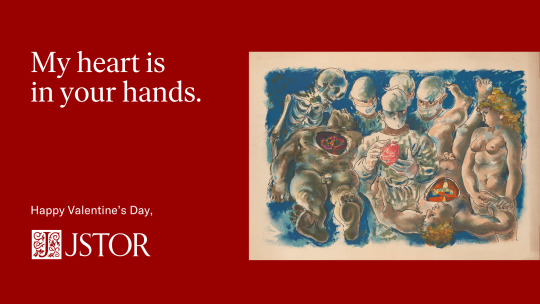


Roses are red, violets are blue... have some Valentine's Day cards, from JSTOR to you! 💌 Each card features a lovely image from Artstor on JSTOR.
Images courtesy of Wellcome Collection and The Metropolitan Museum of Art.
2K notes
·
View notes
Photo

Life & Death, 19th Century, Wellcome Collection
#women#woman#1800s#death#skeleton#skeletons#memento mori#vanitas#oil painting#painting#paintings#wellcome collection
242 notes
·
View notes
Text
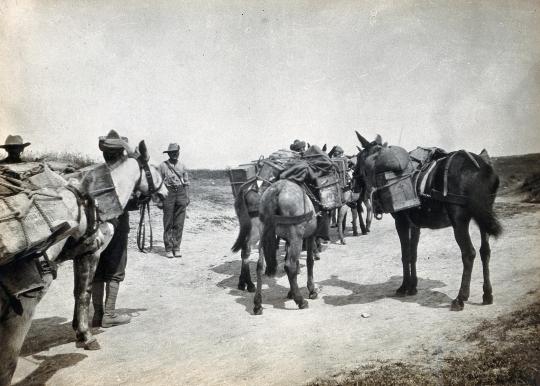
Thessaloniki (formerly Salonica), Greece: pack ponies with Indian Transport Corps soldiers.
DATE: 1914/1918.
DESCRIPTION
Transport of food and supplies over Salonica mountains by Indian Transport Corps
REPOSITORY: Wellcome Collection
LOCAL IDENTIFIER: V0030362
#pack animal#mules#first world war#wwi#Θεσσαλονίκη#Ἑλλάς#Ελλάδα#Thessaloniki#Greece#Salonica#Indian Transport Corps#military history#Wellcome Collection#beast of burden
17 notes
·
View notes
Text
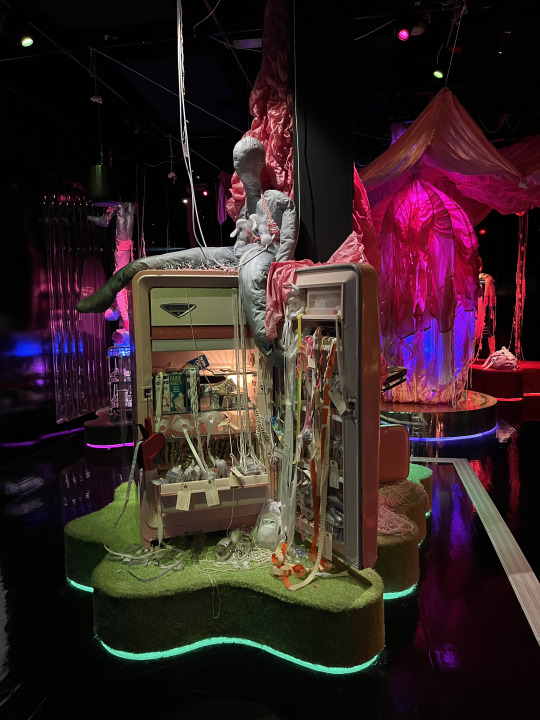





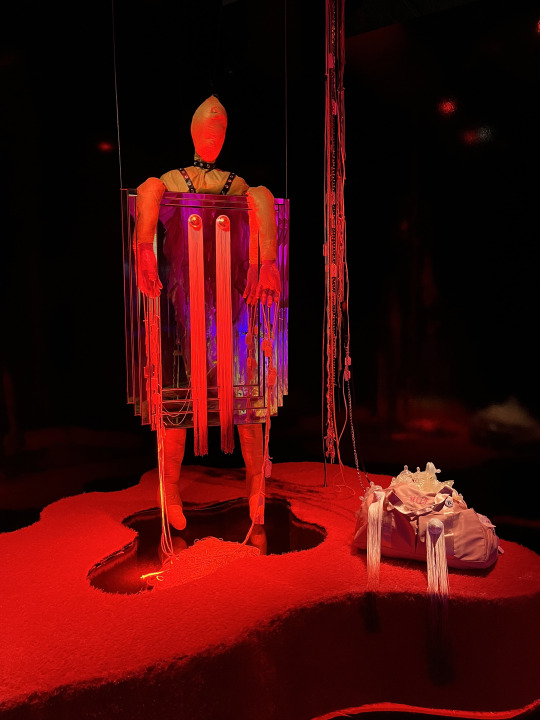


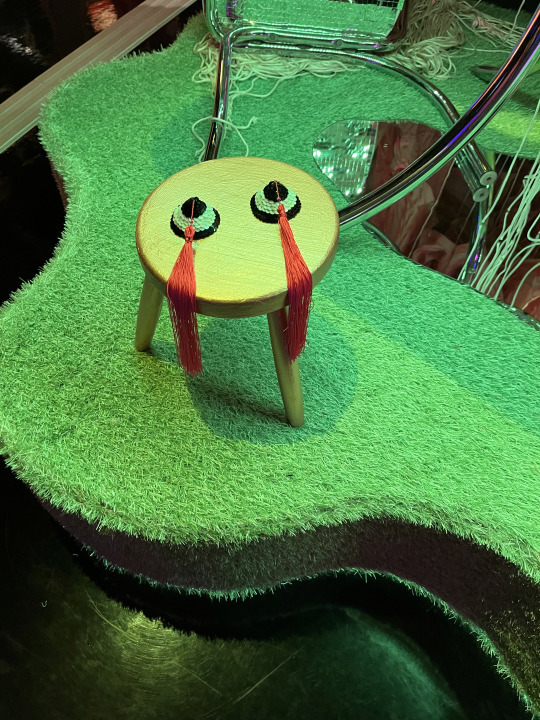
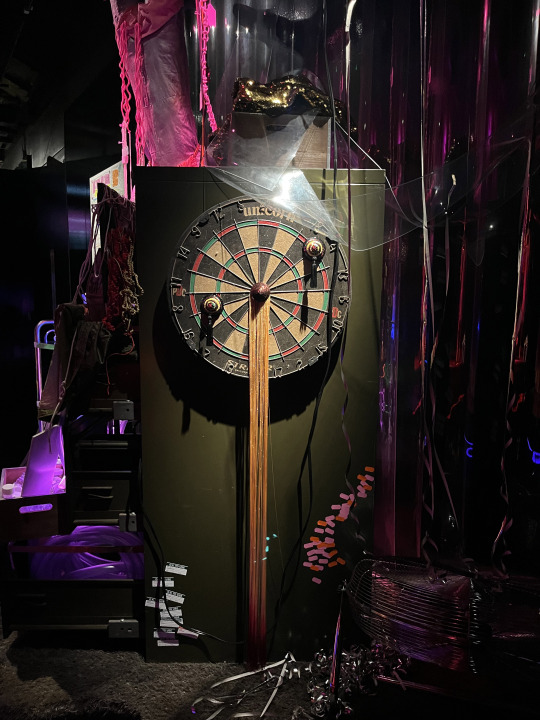
08.13.23 Jess Dobkin For What It's Worth sculptural installation at the Wellcome Collection in London. The installation is part of the Milk exhibition and references breast feeding.
20 notes
·
View notes
Text

Milking Practice with Artificial Udders, 1940 — Evelyn Mary Dunbar
30 notes
·
View notes
Link
By: James Marriott
Published: Nov 30, 2022
I was perturbed to learn that the Wellcome Collection is “racist, sexist and ableist” (its own words) as I’d been vaguely meaning to go at some point. Evidently, my plans to enliven the melancholy damp of an early December weekend by inspecting such artefacts as Napoleon’s toothbrush and Florence Nightingale’s moccasins concealed more sinister subconscious motives.
Anyway, as we have all now heard, the museum has closed its Medicine Man exhibition so I will not be able to potter around some of the minor curiosities of medical history — sorry, collude in the exclusion, marginalisation and exoticisation of indigenous peoples.
To anyone unfamiliar with the censorious jargon that is threatening to become the lingua franca of modern academia, the grounds on which Medicine Man was shut down must seem either incomprehensible or bleakly hilarious. The public was piously informed that the exhibition was “very much a product of its time”. That time being . . . 2007. Ah, 2007. A cruel and bitter age.
This is strange, isn’t it? A great many people will be prevented from seeing Medicine Man on the basis of views so esoteric and so far outside mainstream discourse that I’m willing to bet that many of the Wellcome Collection’s ordinary visitors have never even heard of them. How many of the families wandering around on the average Saturday afternoon could say what it means to “other” someone or explain what was wrong with prevailing morality in the year 2007
The exhibition has disappeared because, although a very large number of people would have quite liked it to stay, a very small number of people vehemently wanted it to go. We should get used to that equation. The case of the Wellcome is a small but characteristic tragedy of the modern age — the tyranny of the intolerant minority. We are used to the “tyranny of the majority” but in liberal societies a motivated minority with strong opinions can easily override the preferences of the majority of people, especially if those preferences are only mildly held.
Indeed, as Nassim Nicholas Taleb points out in his book Skin in the Game, there are many situations in which we rightly allow a strong minority preference to shape our behaviour. For instance, on a plane on which three people have nut allergies, a few hundred other passengers will refrain from eating Snickers bars during the flight.
Taleb suggests that some of the prevalence of fast-food chains such as Pizza Hut and McDonald’s may be attributed to the power of minority opinion. In any group deciding where to go for dinner there will be one or two people with strong objections — they won’t eat fish, for instance, or spicy food. The solution is bland compromise. Nobody hates pizza.
This may be merely unfortunate from a culinary perspective but when the same dynamic is at work in intellectual life, catastrophe looms. The academic Jonathan Haidt has described how his fear that one student’s complaint or infuriated tweet might ruin his career led him to the principle of teaching to “the most sensitive person in class”. Difficult, controversial ideas are out. Bland, universally palatable pap is in. Intellectually, everyone goes to McDonald’s. But shouldn’t a university be offering gourmet intellectual fare? The stinkiest cheeses, the weirdest fish?
Tolerant institutions are inherently vulnerable. The philosopher Karl Popper referred to the “paradox of tolerance” — a tolerant society must tolerate even those who wish to destroy tolerance itself. The blogger Scott Alexander describes the way the Quakers of 17th-century Pennsylvania “tolerated themselves out of existence”. By welcoming other sects, they faded into political irrelevance as more activist, intolerant faiths took over. Because humans like to join groups with powerful signifiers of identity (tattoos, flags, unusual beliefs), intolerant institutions are better at attracting followers than woolly, tolerant ones. The fading Anglican church may be another institution tolerating itself out of existence.
The intolerant are motivated and fanatical whereas the tolerant, by their very nature, tend to be uncertain, and cautious about their convictions. The belief that the Wellcome should close an exhibition because it is racist is vastly more potent than the belief that the exhibition should stay open because it would be nice if some people got to see Napoleon’s toothbrush.
Convinced of its moral superiority and certain that the urgent righteousness of the ends justifies the means, an intolerant minority is able to magnify its power with underhand tactics (public denunciation, hyperbolic accusations of racism on social media). The tolerant tend to view such methods as rather extreme.
Tolerance is hard, unrewarding work: repeatedly confronting objectionable views and deciding to put up with them on the grounds of an abstract principle is tedious. Intolerance, meanwhile, rejects thought and replaces it with jargon and slogans which have all the glamorous atmosphere of intellectual distinction while requiring none of the effort. It is an unfortunate truth that in every institution there are a great many people who do not particularly like thinking and who would much rather repeat a slogan than interrogate an idea, particularly if repeating that slogan means nobody will call them names on Twitter.
This is how intolerant minorities exert their power. It is how exhibitions disappear and curriculums narrow. It is how you end up condemned to live for ever in the McDonald’s of the mind. It is a blander, sadder and less nourishing place.
[ Via: https://archive.ph/61DTn ]
--
https://www.morningbrew.com/daily/stories/2019/08/28/jonathan-haidt-doesnt-mind-ruffling-feathers
Most students are great. But when you're lecturing, it doesn't matter the averages, you have to teach to the most sensitive student. Because if you say anything or show a video that has one word that offends any student, you can be reported. So what do you do if you can't trust your class?
https://www.theatlantic.com/magazine/archive/2015/09/the-coddling-of-the-american-mind/399356/
In an article published last year by Inside Higher Ed, seven humanities professors wrote that the trigger-warning movement was “already having a chilling effect on [their] teaching and pedagogy.” They reported their colleagues’ receiving “phone calls from deans and other administrators investigating student complaints that they have included ‘triggering’ material in their courses, with or without warnings.” A trigger warning, they wrote, “serves as a guarantee that students will not experience unexpected discomfort and implies that if they do, a contract has been broken.” When students come to expect trigger warnings for any material that makes them uncomfortable, the easiest way for faculty to stay out of trouble is to avoid material that might upset the most sensitive student in the class.
==
The “be kind” people being kind. The “tolerance” crowd being tolerant.
“One of the things that is a classic trope of the religious bigot, is while they’re denying people their rights, they claim that their rights are being denied. While they are persecuting people, they claim to be persecuted. While they are behaving colossally offensively, they claim to be the offended party. It’s upside down world.“
– Salman Rushdie
#James Marriott#Wellcome Collection#intolerance#intolerant minority#tyranny#cancel culture#online mob#outrage mob#woke mob#paradox of tolerance#cult of woke#woke activism#woke#wokeism#wokeness as religion#religion is a mental illness
18 notes
·
View notes
Text
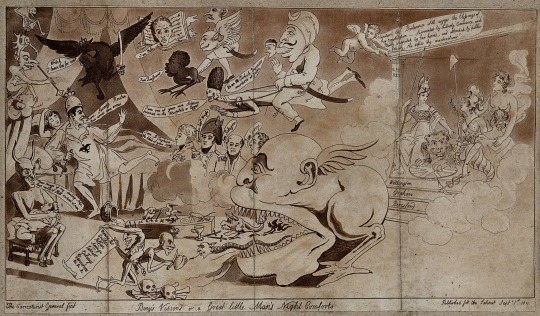
Napoleon leaps from his bed, terrified at a nightmarish vision of ghosts and devils, while Britannia and Liberty float on a cloud behind. Etching by the Caricaturist General, 1811.
Source: Wellcome Collection
#Napoleon#napoleonic#wellcome collection#napoleon bonaparte#history#caricature#satire#propaganda#France#napoleonic era#frev#French Revolution#first french empire#napoleonic wars#french empire#art#french history#ghosts#skeletons#nightmares#nightmare#drawing#1800s#19th century#1800s art#early 19th century#British history#English history
12 notes
·
View notes
Photo
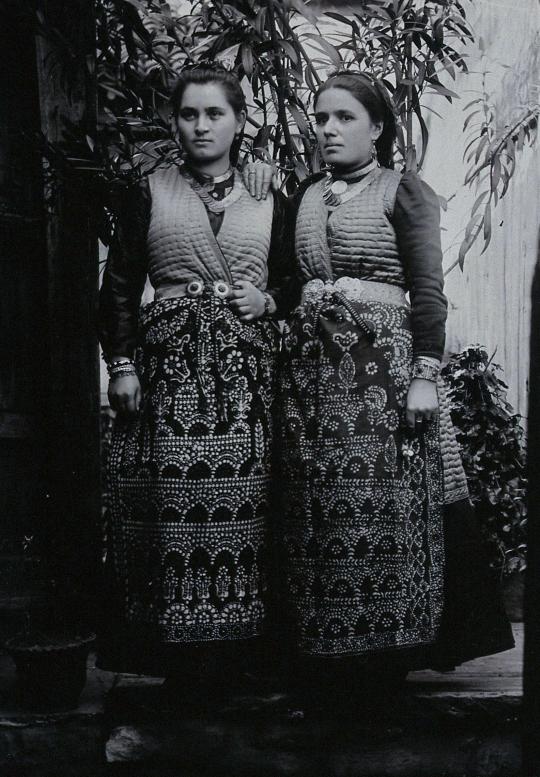
Two Bulgarian women portrayed wearing national dress probably in a studio setting.
7 notes
·
View notes
Text
me after finding out the Wellcome collection has a bunch of Larreys and Percy’s unpublished journals and letters:

#I can’t access it because I’m on the other side of the world T-T#I also have to learn french#But by the time I can actually get there to see the material I’ll have enough knowledge to read it#At least at this rate#Historial#annoyed#Personal#dominique jean larrey#wellcome collection#Pierre Francois Percy
5 notes
·
View notes
Link
When a woman discloses that she’s autistic, the reaction is often, “But you don’t look autistic,” or even a straight denial, “No you’re not.” This insightful and moving series of portraits and interviews by photographer Rosie Barnes allows the voices and experiences of autistic women to be heard.
5 notes
·
View notes
Text

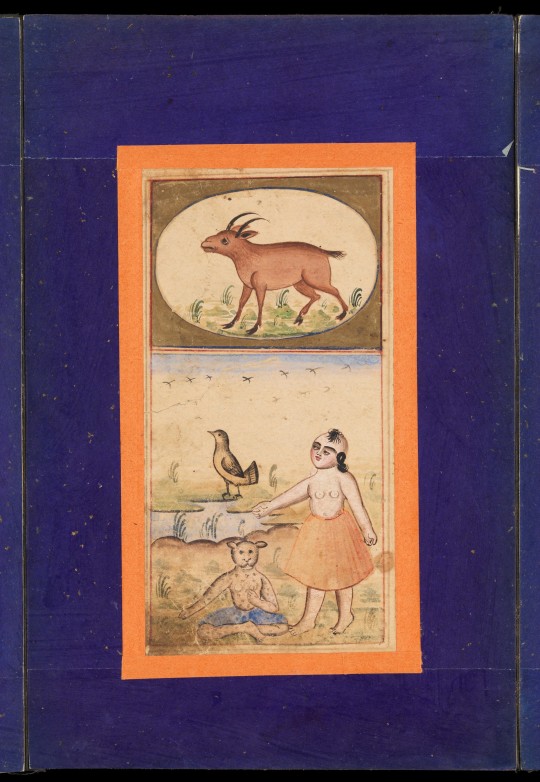


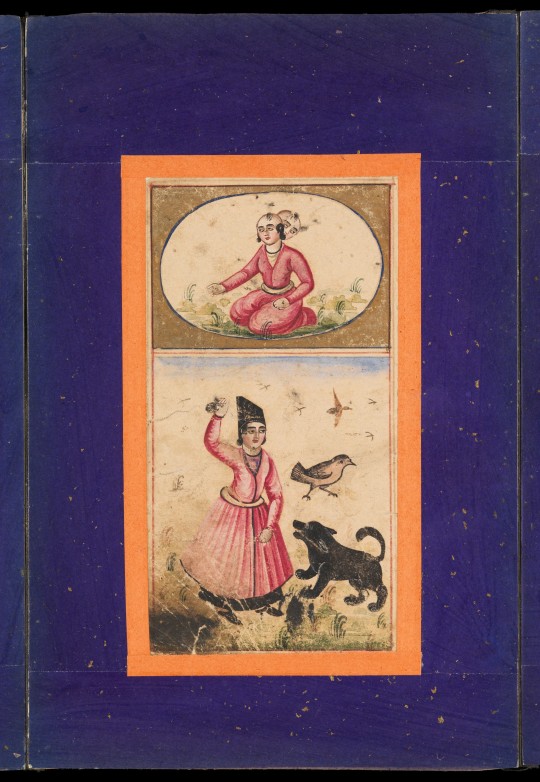
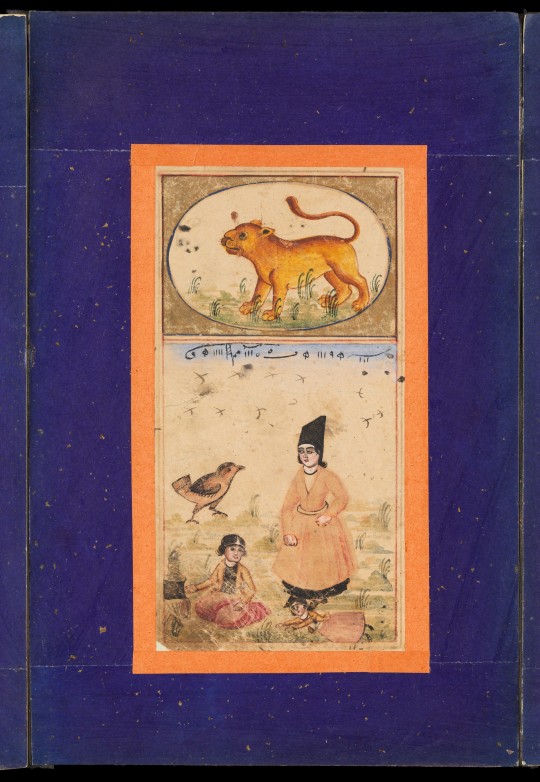
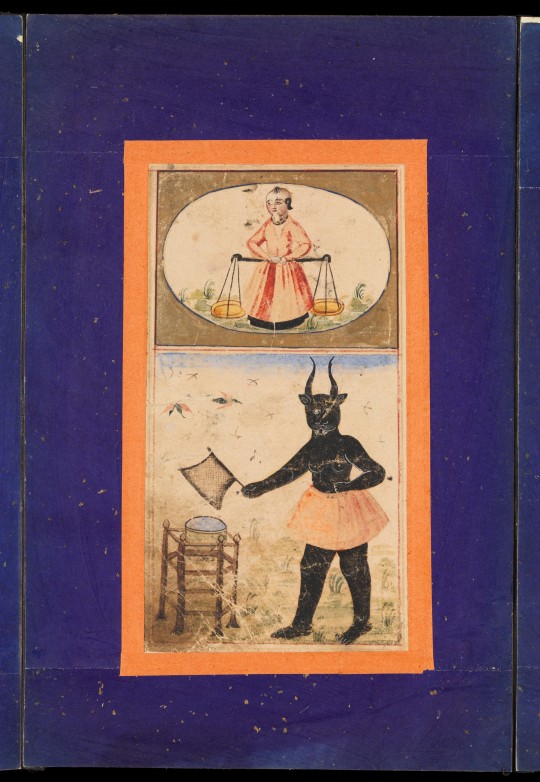


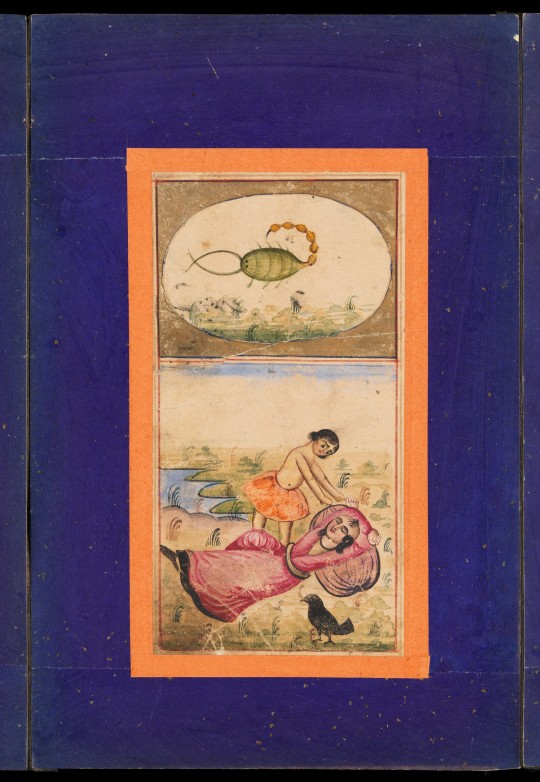

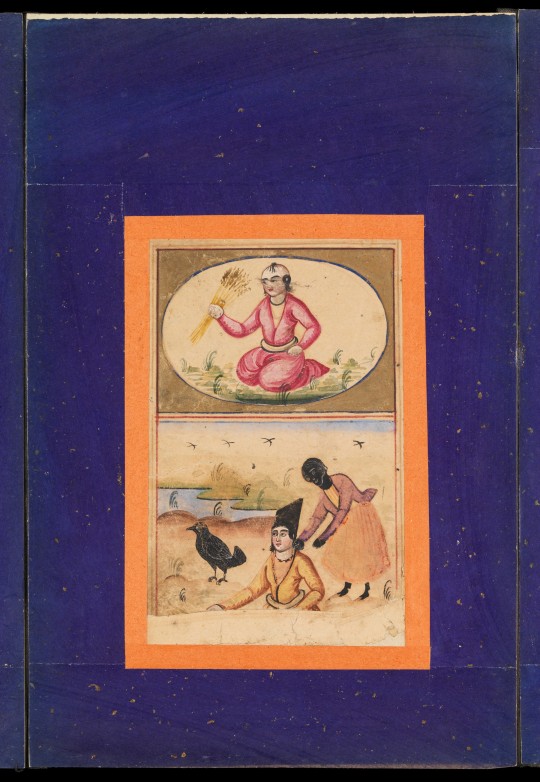
The twelve astrological signs of the zodiac, by an unidentified 19th-century Persian artist. From the Wellcome Collection on JSTOR, which never ceases to amaze us. Free and open to all! Creative Commons: Attribution
#persian art#iranian art#gouache#zodiac#aries#taurus#gemini#capricorn#scorpio#pisces#virgo#aquarius#sagittarius#leo#cancer#libra#research#jstor#wellcome collection
600 notes
·
View notes
Text

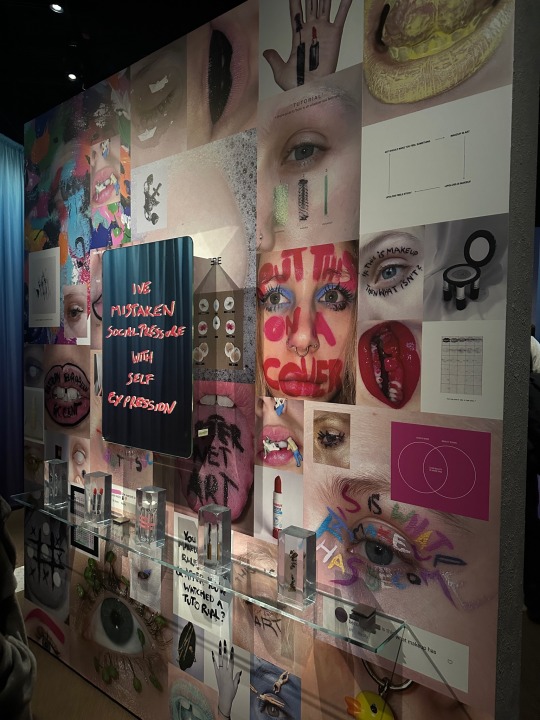

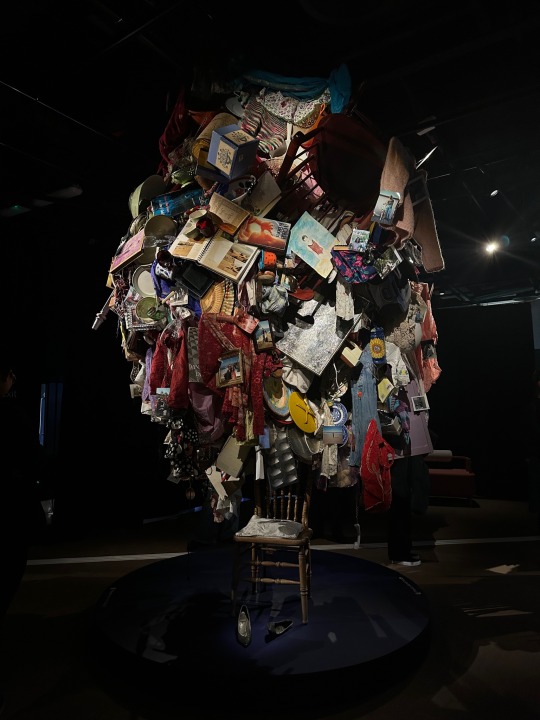


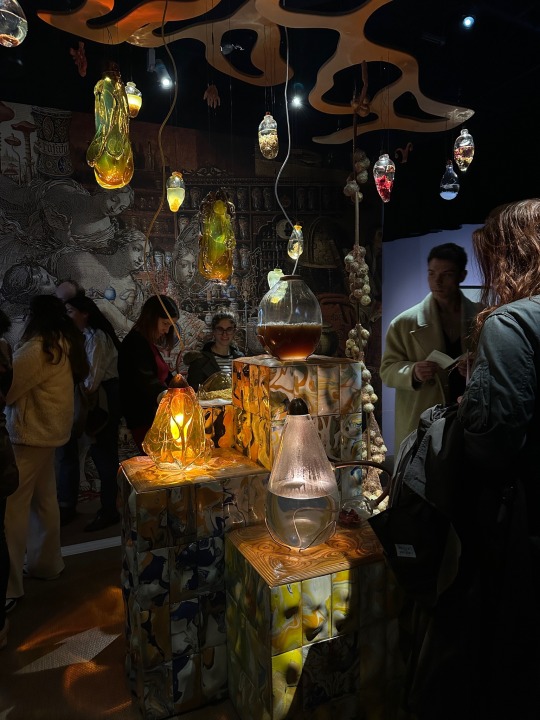

The Cult of Beauty exhibition at Wellcome Collection
0 notes
Text
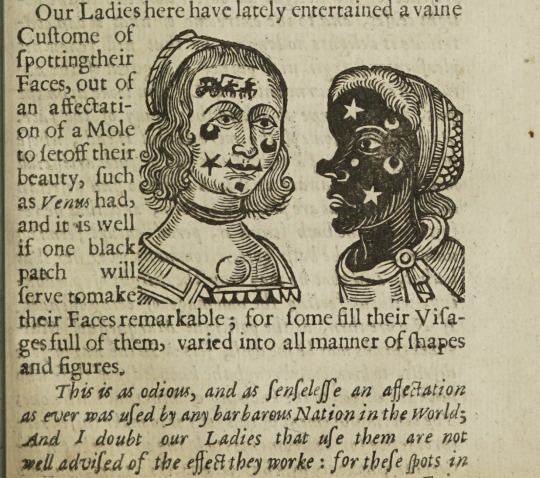

John Bulwer, Anthropometamorphosis: man transform'd; or, the artificial changeling. Historically presented, in the mad and cruel gallantry, foolish bravery, ridiculous beauty, filthy finenesse, and loathsome lovelinesse of most nations, fashioning and altering their bodies from the mould intended (1653)
#john bulwer#cosmetics#beauty#beauty spots#beauty patches#body modification#makeup#kim hall#engraving#contrast#transformation#complexion#imperfection#artifice#wellcome collection
1 note
·
View note
Text
An inspiring visit to the Wellcome Collection. However in a strangely coincidental moment, references to death appear everywhere, including a fabulous selection of death masks.
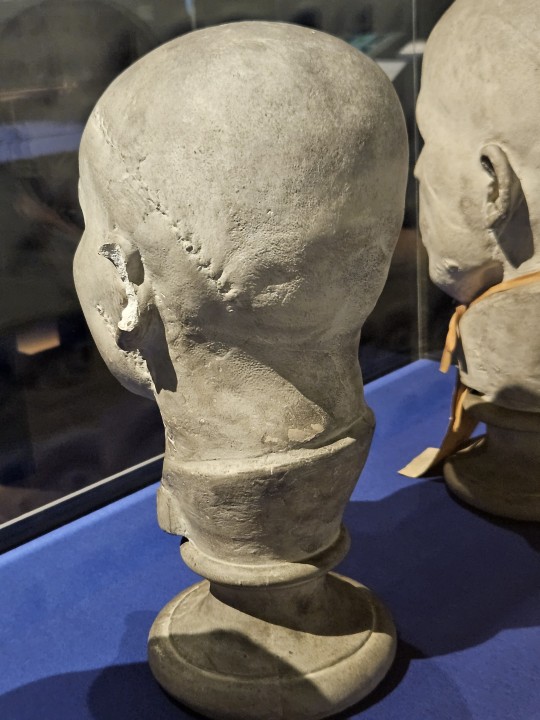

Having been considering how tarot cards can reflect a persons inner thoughts or external fears and dreams depending on interpretation, a lovely old mirror provides an unclear, slightly ghostly image.
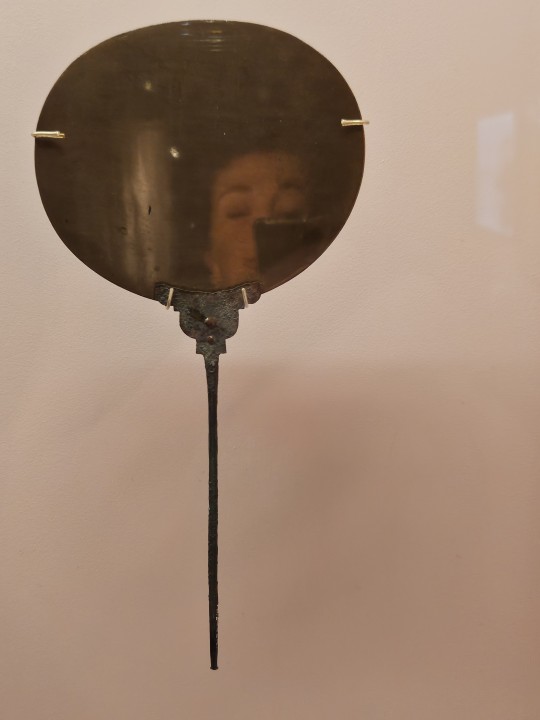
1 note
·
View note
Text
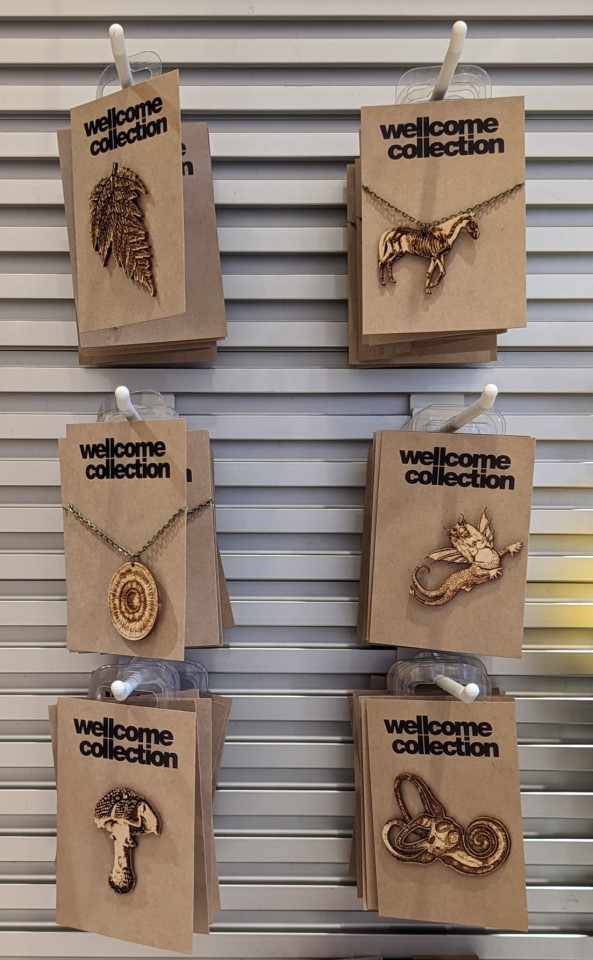
My work is up in the Wellcome Collection!!
0 notes
Text
I’m at the Wellcome, having a look at their exhibition on milk. Not only is there a segment on the UK school milk scheme that made me think of our Zoom discussion, but they are also showing this video:
youtube
#wellcome collection#hetain patel#how to make a proper cup of tea#it’s a bat’s life#back back back back back#Youtube
1 note
·
View note